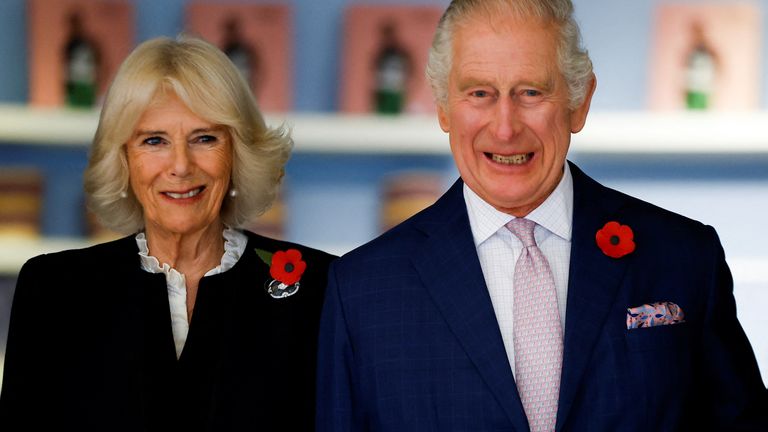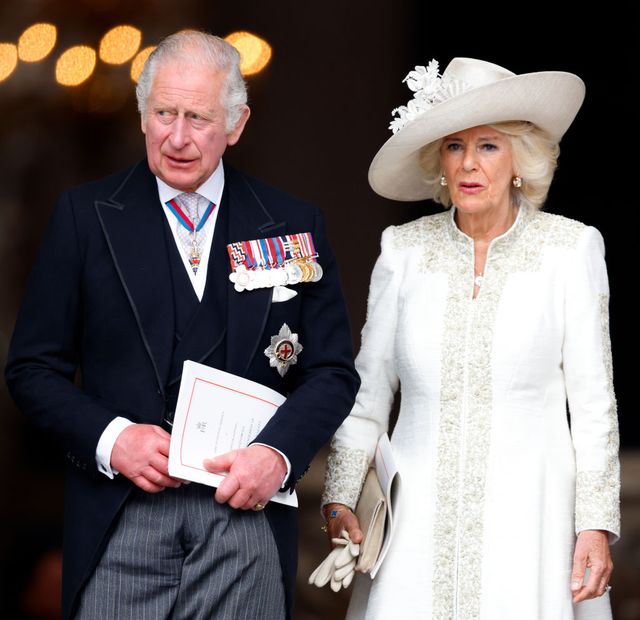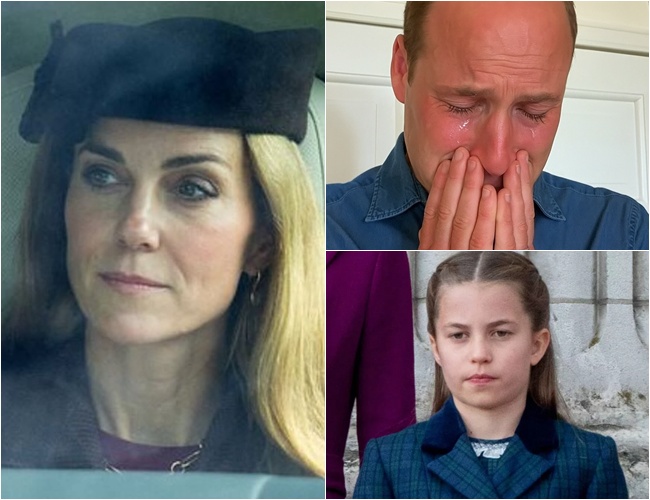The British crown is one of the most enduring symbols of monarchy in the world. Beyond its glittering jewels and historic weight, the crown represents centuries of tradition, continuity, and duty. While public interest often turns toward the personal lives of royals, the true story of the crown is not one of whispered drama but of cultural heritage and national identity.
In this article, we will explore the history of the British crown, its ceremonial role, the symbolism behind its design, and how it continues to remain relevant in the 21st century.
A Legacy of History
Crowns have been part of royal traditions for over a thousand years. The current British Crown Jewels, housed in the Tower of London, represent a collection that has evolved since the Middle Ages. According to Historic Royal Palaces, the Crown Jewels include more than 100 ceremonial objects and over 23,000 gemstones.
Among the most significant crowns are:
-
St. Edward’s Crown – Traditionally used for coronations.
-
The Imperial State Crown – Worn by the monarch for formal occasions such as the State Opening of Parliament.
-
The Crown of Scotland – Used during Scottish ceremonial events.
Each of these crowns carries layers of history, connecting the present-day monarchy to Britain’s past.
The Coronation Crown: St. Edward’s Crown
St. Edward’s Crown is one of the most famous in the collection. Made of solid gold and set with precious stones, it weighs nearly five pounds. Since the coronation of Charles II in 1661, this crown has been used to crown monarchs, symbolizing their sacred duty to serve the nation.
During the coronation of King Charles III in 2023, St. Edward’s Crown was once again central to the ceremony, reinforcing its historic and spiritual significance.

The Imperial State Crown
After the coronation ceremony, the monarch traditionally wears the Imperial State Crown. This crown is lighter than St. Edward’s Crown and is famously set with the Cullinan II diamond, the Black Prince’s Ruby, and the Stuart Sapphire.
The Imperial State Crown is used at major state occasions, most notably the annual State Opening of Parliament, symbolizing the sovereign’s constitutional role in governance.
The Crown as a Symbol of Duty
The crown is not simply a decorative object—it is a reminder of responsibility. The British monarchy has always linked the wearing of the crown with service to the people. In a constitutional monarchy, the crown represents the state itself, with the monarch acting as its custodian.
According to the UK Parliament, the crown embodies the continuity of government and the unity of the nation, transcending individual personalities.

The Crown and Public Interest
Public fascination with the crown extends far beyond Britain. Visitors from around the world travel to London to see the Crown Jewels at the Tower of London, where they are displayed under tight security. Millions watched the coronation of King Charles III, highlighting the enduring global interest in royal traditions.
The crown often becomes a subject of media attention, but its deeper meaning lies in its symbolism of continuity, history, and the monarchy’s enduring role in modern society.
Crowns in Popular Culture
Crowns have also influenced literature, film, and television. Productions like The Crown on Netflix have sparked renewed public interest in royal history. While dramatizations often blur the line between fact and fiction, they underscore the powerful symbolism crowns hold in shaping perceptions of monarchy.

Beyond the Jewels: The Crown as an Institution
The term “the Crown” is also used metaphorically to represent the British state and its institutions. For example, “Crown property” refers to land and assets owned by the monarchy on behalf of the nation. This dual meaning—both physical and symbolic—reinforces the central role of the crown in governance and national identity.
Modern Relevance of the Crown
As Britain evolves, so too does the role of the crown. Discussions about the monarchy’s place in the modern world continue, but the ceremonial use of crowns remains a key part of national tradition. Events such as jubilees, coronations, and state ceremonies remind the public of the monarchy’s historical roots while adapting to contemporary society.
Queen Camilla’s participation in the coronation of 2023 also marked an important moment in modern royal history, reflecting the monarchy’s ability to adapt while maintaining tradition.

Crowns Around the World
The British Crown Jewels are among the most famous, but crowns play a role in other monarchies as well. For instance:
-
The Danish Crown Regalia is used during enthronement ceremonies.
-
The Swedish Royal Regalia is displayed at Stockholm’s Royal Treasury.
-
The Norwegian Crown Regalia is still used during important national events.
This shared symbolism across nations highlights how crowns serve as unifying emblems of history and sovereignty.
Educational and Cultural Value
Organizations like Historic Royal Palaces emphasize that the Crown Jewels are more than ceremonial objects—they are artifacts that help tell the story of Britain’s monarchy. By preserving and exhibiting them, historians and curators provide educational opportunities for millions of visitors each year.
The jewels also contribute significantly to tourism, reinforcing their importance not only as cultural heritage but also as part of the UK’s economy.

Conclusion
The crown remains one of the most powerful and recognizable symbols of the British monarchy. While media narratives sometimes focus on imagined drama within palace walls, the true story of the crown lies in its deep history, ceremonial significance, and role as a representation of national unity.
From St. Edward’s Crown to the Imperial State Crown, each jewel-encrusted piece connects the present to centuries of tradition. In modern times, the crown continues to embody service, continuity, and heritage—reminding both Britain and the world of the monarchy’s enduring legacy.
